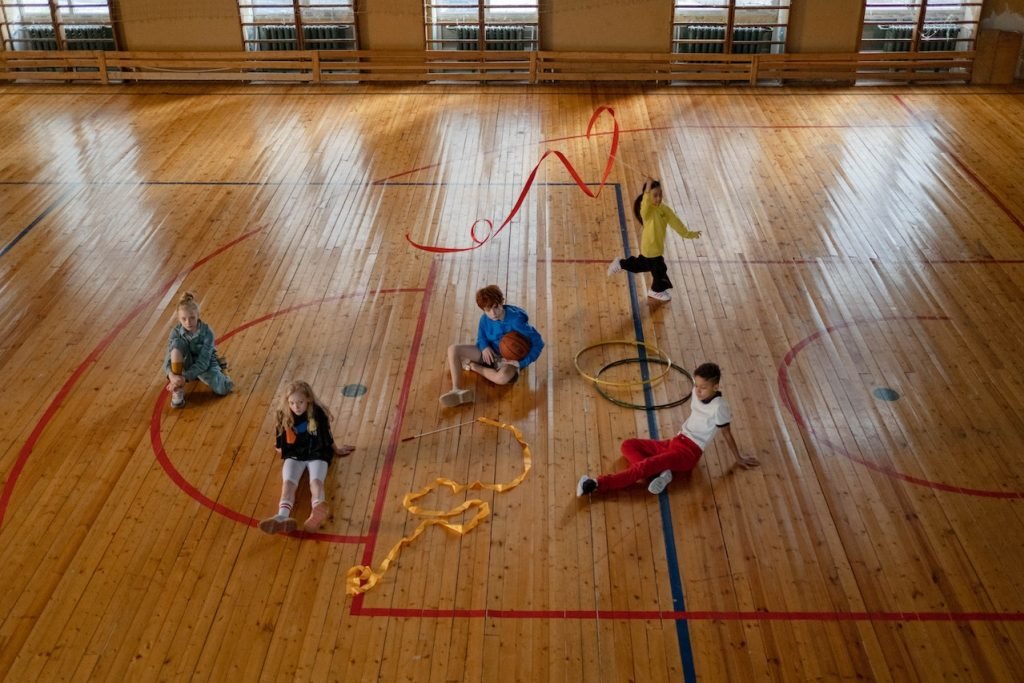Photo by cottonbro studio:
In today’s fast-paced world, the importance of physical fitness cannot be overstated, especially with the well-being and academic performance of students. Schools play a crucial role in promoting healthy lifestyles and overall fitness among their students. This article explores the significance of fitness programs in schools, highlighting how they positively impact students’ physical health, mental well-being, and academic success.
The Significance of Physical Fitness in Schools
Physical fitness is more than just a way to stay in shape; it is a fundamental aspect of a student’s well-being. Engaging in regular physical activity can boost energy levels, improve mood, and reduce stress and anxiety. When students take part in fitness programs at school, they not only reap the physical benefits but also experience enhanced mental clarity and emotional resilience. Research has shown that students who are physically active are more likely to perform better academically and have improved concentration and focus in the classroom.
Types of Fitness Programs in Schools
Schools offer a diverse range of fitness programs to cater to students’ interests and abilities. Physical education classes form the foundation of fitness programs in schools, where students engage in various activities such as team sports, individual exercises, and cooperative games.
Many schools encourage participation in sports teams and intramural sports, providing students with opportunities to develop teamwork and leadership skills. Some schools also offer extracurricular fitness clubs, such as yoga, dance, and martial arts, to provide students with a broader array of fitness options.
Promoting Healthy Habits from an Early Age
Instilling healthy habits from a young age is vital for lifelong well-being. Fitness programs in schools play a critical role in promoting active living and healthy choices among students. By integrating physical activity into the daily routine, schools encourage students to adopt fitness as a natural part of their lives. Early exposure to fitness programs can help students develop a positive attitude toward exercise, making it more likely for them to maintain an active lifestyle as they grow older.
Addressing Childhood Obesity and Sedentary Lifestyles
Childhood obesity and sedentary lifestyles have become significant health concerns worldwide. Fitness programs in schools offer a proactive approach to combat these issues. By encouraging regular physical activity, schools contribute to reducing childhood obesity rates and promoting healthier lifestyles. These programs can help reduce sedentary behaviors, such as excessive screen time, which have been linked to various health problems in children and adolescents.
The Connection Between Physical Fitness and Academic Performance
The positive correlation between physical fitness and academic achievement is well-established. Engaging in regular physical activity has been shown to improve cognitive function, memory, and information processing. Fitness programs in schools can enhance students’ ability to concentrate and focus, leading to better academic performance. Physical activity triggers the release of endorphins, which improve mood and reduce stress, creating a conducive environment for learning.
Inclusivity and Supportive Environments
A key aspect of successful fitness programs in schools is creating inclusive and supportive environments. Schools must offer activities that accommodate students of all abilities and backgrounds.
Emphasizing participation and effort rather than competition can foster a sense of belonging among students. By providing adaptive equipment and personalized fitness plans, schools ensure all students can actively engage in fitness activities and experience the benefits of physical activity.
Collaborative Efforts and Community Involvement
The success of fitness programs in schools often relies on collaborative efforts and community involvement. Schools can partner with local organizations, fitness experts, and community members to enrich their fitness programs. These collaborations can lead to innovative fitness initiatives, motivational guest speakers, and resources such as school spirit towels that can enhance the overall fitness experience for students.
The Long-Term Impact of Fitness Programs
The impact of fitness programs in schools extends beyond the classroom. By instilling healthy habits and promoting physical activity, these programs contribute to the long-term health and well-being of students. Students who are exposed to fitness programs at a young age are more likely to continue leading active lifestyles throughout adulthood, reducing their risk of chronic health conditions.
Conclusion
Fitness programs in schools are a valuable investment in the health, well-being, and academic success of students. By fostering physical fitness and instilling healthy habits, schools empower students to lead healthier and more fulfilling lives. As schools continue to prioritize fitness and well-being, they play a vital role in shaping a healthier and thriving generation of young individuals.













